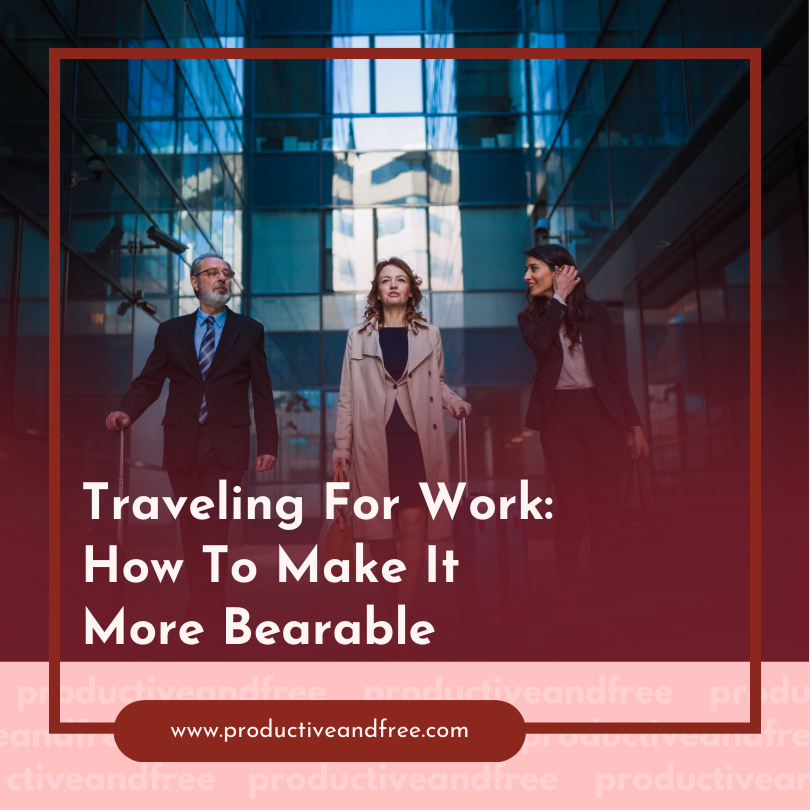How the Final Decision to Buy [or Sell] Helps Shape Website Success
Consider, for a moment, your website development. Consider your app. Consider your SEO campaigns, and PPC outreach. Try to think about why you respond politely to all manner of reviews on sites like Trustpilot, or why you engage with your social media feeds. Ultimately, it’s because you want to secure that final purchase or booking, or at least set the stage where this becomes more likely.
The same could be said for fishing - would anyone bother to purchase a well-designed rod, attach bait, apply for a fishing license, and sit in the cold and wind for hours if the chance of achieving a catch was zero? Of course not, even if the time in nature might be a healthy approach all by itself.
As such, despite all the advice out there, one metric is the most important to think about - is your website helping customers to buy, and you to sell? If not, there’s work to be done. In this post, we’ll discuss why you don’t need the flashiest design to do well, as long as you know the best steps forward:
Simplicity & Navigability
Think about what your web presence actually needs. For example, does a website for a book publisher really need a thousand scripts and videos playing at the same? How could you present a book, its presentation, its cover, its publishing date and synopsis with care? How might that translate to a phone screen?
Often, simplifying your layout, even if the website looks less overdesigned than your competitors, could be enough to showcase your real care for the brand you have in place. That’s why the best website design studios will absolutely endeavor to get the functional fundamentals right before design promises are made. From there, every page should guide the user toward a purchase or a booking without them having to think too hard. A streamlined path from a product page to the checkout is essential for a good user experience.
Helpful Payment Processors
The checkout process is where a sale can easily fall through, so making it as easy as possible for a customer to pay is crucial. A business should offer multiple ways to pay, accepting all major cards and popular digital wallets.
As such, the payment gateway should be fast, secure, and not require too many steps, which is why implementing payment processing solutions that won’t cause a false positive threat, or can work with functions like two-step approvals is so important. If a customer decides to buy, there should be zero friction from that point on.
Transparency & Trust
Online shoppers are much savvier than they’re given credit for, even if we do hear stories of scam websites and initiatives preying on some. Most customers need to feel confident in a business before they give them their money, and twice so online. That’s why being transparent about your pricing, shipping costs, and return policies is a great way to build that confidence, as is your location, fulfilment centre and delivery timeline.
Your website should also have a clear and visible privacy policy so customers know their information is safe. Testimonials and reviews can also serve as social proof, showing that others have had a positive experience with your brand, but this is better if it’s hosted off your website and independent. This way, you show you’re not afraid to be put under the microscope before someone buys from you.
With this advice, you’ll be sure to judge your website success by how easy it is to support you.
Share in the comments below: Questions go here
































